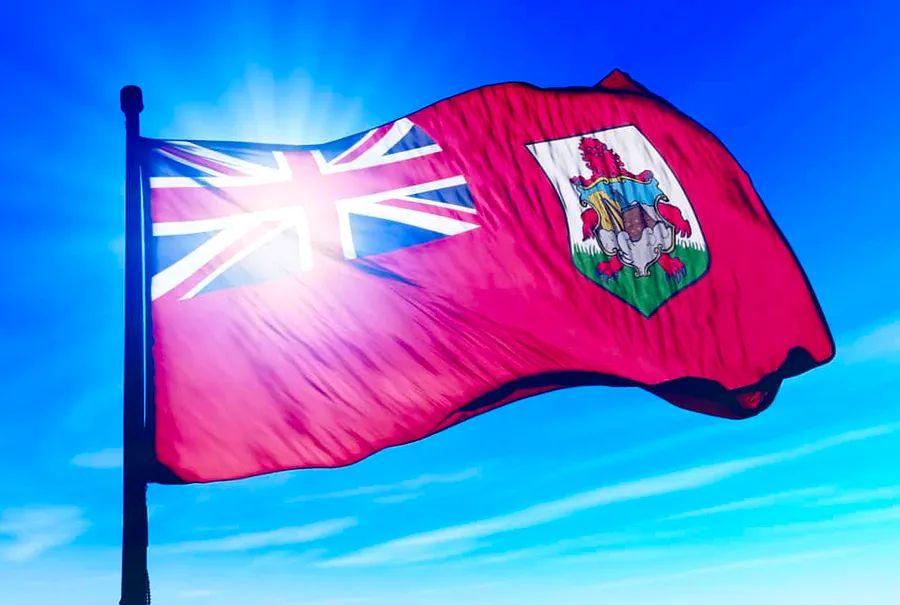The Fascinating Story Behind the Bermuda Flag

If you've ever taken a cruise to Bermuda, you've probably spotted the vibrant Bermuda flag soaring as your ship nears the harbor. Established in 1910, the flag showcases the British Union Flag in the upper left, a striking red ensign, and the Bermuda coat of arms to the right. This distinctive banner is intriguing—have you considered the meanings behind its symbols? Discover the history of the Bermuda flag and what each emblem signifies.
The Legacy of Bermuda as a British Territory
With the Union Jack prominently featured in the corner of the Bermuda flag, it’s clear that British heritage plays a significant role in this nation's narrative. Yet, the island's European ties trace back to Spanish explorer Juan de Bermúdez, who first set foot on the island in 1503.
Although the name Bermuda originates from Bermúdez, the island wasn't formally settled until 1609 when an English company—identical to the one that established Jamestown—arrived. The “Sea Venture,” a ship from the 17th century, played a crucial role in bringing the English presence to Bermuda. Its grounding on a reef is thought to have inspired Shakespeare's play “The Tempest.”
Although this British ship arrived in the 1600s, Bermuda didn't officially become a British colony until 1707. From 1609 to 1614, the island was treated as an extension of Virginia. Another British entity, the Somers Isles Company, managed the colony until 1684, after which the English Crown took control. When Scotland and England united their parliaments in 1707, Bermuda was established as a colony of the newly created Kingdom of Great Britain.
Bermuda's connection to Britain is more than just a historical note; today, individuals born in Bermuda hold rights as both British Overseas Territory citizens and Bermudians.

The Union Jack of Bermuda
The upper left section of the Bermuda flag features the national flag of the United Kingdom, symbolizing the island's status as a British Territory. The UK flag, commonly referred to as the "Union Jack" or "Union Flag," was officially adopted in 1603.
The Union Jack is a clever fusion of designs, incorporating the red cross of England's national flag, Scotland's white saltire—an "X"-shaped cross—and Ireland's red saltire against a blue backdrop. This emblem dates back to the early 1600s when James VI ruled over both England and Ireland, symbolizing the unification of the nations that now make up the United Kingdom. Thus, the Bermuda flag serves as a reminder of this historic alliance.
The Coat of Arms of Bermuda
The Bermuda Coat of Arms is positioned on the center-right of the island's official flag. It features a red lion gripping a shield, which contains an image of a wrecked ship. Below the shield is the Latin phrase: "Quo fata ferunt." Here’s the meaning behind these symbols:
- The red lion signifies British heritage, reinforcing the island's connection to the United Kingdom.
- The ship depicted in Bermuda's coat of arms is the Edward Bonaventura, one of three vessels that set sail from Plymouth in 1591. The Edward Bonaventura struck a reef near Bermuda and sank, with about two dozen survivors who built another boat using island resources.
- "Quo fata ferunt" translates to "Whither the fates carry us." This Latin phrase was added to the flag at a later time, not appearing on the original design.

Transformations of Bermuda's Flag
The contemporary Bermuda flag is a relatively recent addition. The current version—featuring the Union Jack, the red ensign, and the Bermuda Coat of Arms—has been in use since the 1910s. Prior to this, a similar flag was flown, distinguished by a blue ensign and a circular emblem depicting three boats and a wet dock, reflecting the island's history as a British territory.
The blue ensign—a term often associated with "flag" or "banner"—was commonly used among British Overseas Territories. The choice of red for Bermuda's current flag aligns with the flags of Canada and the Union of South Africa, which adopted red in their onshore designs during the early 1900s.
Additional Flags Seen in Bermuda
While Bermuda's official flag features a red ensign, the coat of arms, and the Union Jack, it's not the only flag you’ll encounter on a cruise to the island. The Government Ensign of Bermuda resembles the official flag but showcases a blue background, serving as the state ensign. Additionally, there is the Standard of the Governor of Bermuda, which represents the British monarch on the island; this flag incorporates the Union Jack with the Bermuda coat of arms at its center.

Interesting Tidbits About Bermuda's Flag and Its Historical Background
Bermuda has a rich history as a British territory, with many transformations since foreign sailors first encountered the island. Here are some intriguing facts about the flag and Bermuda's past:
- Prior to the current Bermuda flag's adoption and the earlier blue ensign version, the Flag of the Kingdom of Great Britain was raised over the island. This banner resembles the Union Jack but lacks Ireland's red saltire, in use from 1707 to 1801.
- The Flag of the Kingdom of Great Britain was first hoisted in 1707, coinciding with the island's designation as an official territory.
- After Newfoundland joined Canada in 1949, Bermuda became the oldest British overseas colony.
- Following the UK's return of Hong Kong to China in 1997, Bermuda became the most populated remaining British dependent territory.
The Bermuda flag embodies a wealth of history shaped over centuries. If you're eager to experience the island's rich legacy and culture firsthand, consider taking a cruise to Bermuda with Dinogo.
Evaluation :
5/5



